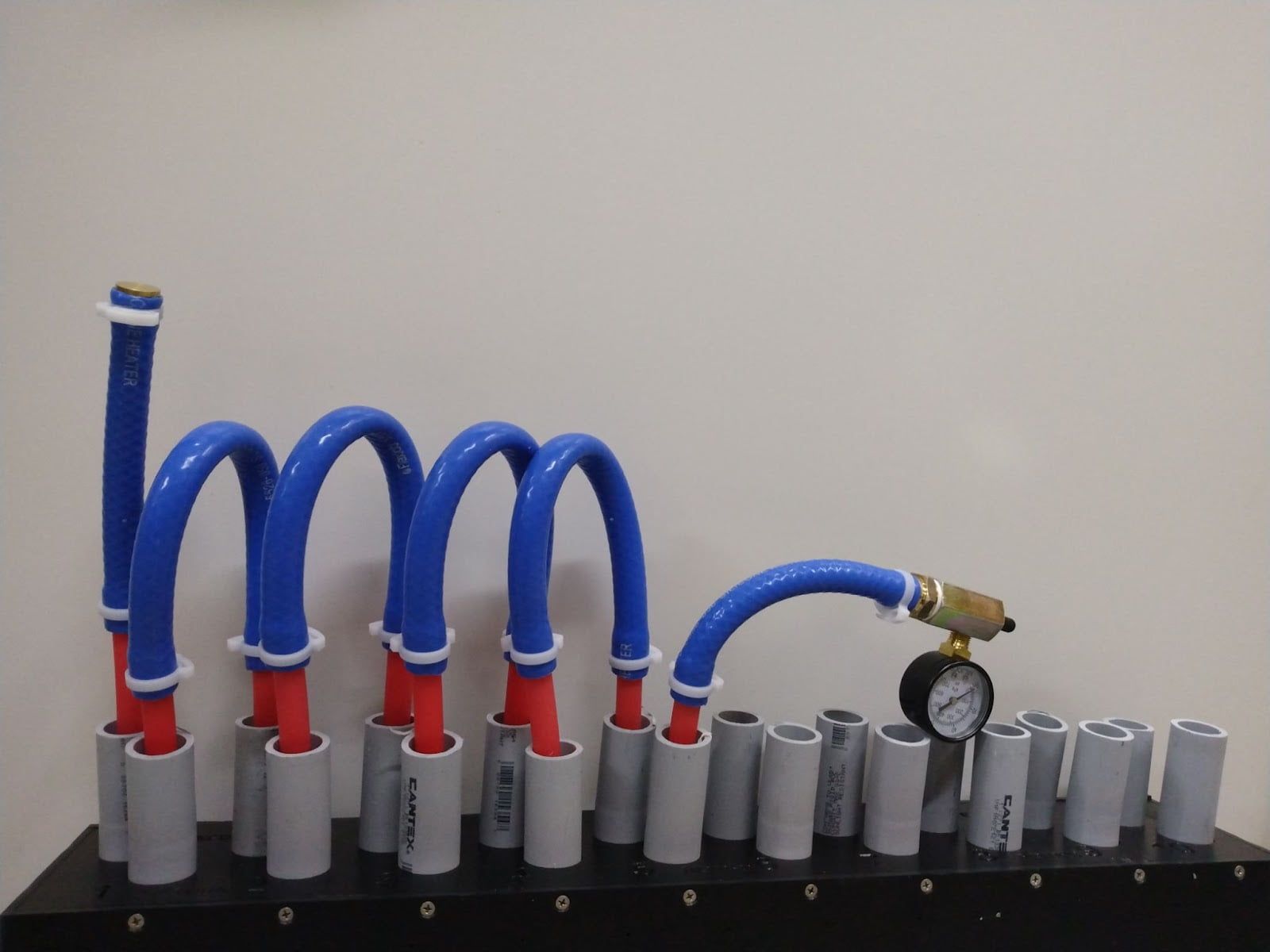Title: In-Floor Heating: The Ultimate Guide to Warm and Cozy Homes
Introduction
In-floor heating, also known as radiant floor heating or underfloor heating, has become increasingly popular in recent years. This innovative heating system provides a comfortable and energy-efficient way to warm your home, making it an attractive option for homeowners looking to upgrade their heating solutions. In this comprehensive guide, we will explore the benefits of in-floor heating, the different types available, and how to choose the best system for your home. So, let’s dive in and discover why in-floor heating is the ultimate solution for a warm and cozy home.
Benefits of In-Floor Heating
- Comfort: One of the main reasons homeowners choose in-floor heating is the unparalleled comfort it provides. Unlike traditional heating systems that rely on air circulation, in-floor heating warms the floor surface directly, creating a consistent and even temperature throughout the room. This eliminates cold spots and drafts, ensuring a comfortable living environment.
- Energy Efficiency: In-floor heating systems are more energy-efficient than traditional heating methods, such as forced-air systems. Radiant heat is distributed evenly across the floor, which means less heat is wasted and your home stays warmer for longer. This can result in significant energy savings and lower utility bills.
- Health Benefits: In-floor heating can improve indoor air quality by reducing the circulation of allergens, dust, and other airborne particles. Traditional heating systems can stir up these particles, exacerbating allergies and respiratory issues. In-floor heating provides a cleaner and healthier living environment for you and your family.
- Aesthetics: With in-floor heating, there are no unsightly radiators or vents to detract from your home’s interior design. This allows for more flexibility in room layout and furniture placement, giving you the freedom to create your ideal living space.
- Noise Reduction: In-floor heating systems operate silently, unlike traditional heating systems that can produce noise from air circulation and mechanical components. This creates a more peaceful and quiet living environment.
Types of In-Floor Heating Systems
There are two main types of in-floor heating systems: electric and hydronic. Each system has its own advantages and is suitable for different applications.
- Electric In-Floor Heating: Electric in-floor heating systems use electric cables or mats embedded in the floor to generate heat. These systems are easy to install, making them a popular choice for retrofitting existing homes or installing in smaller spaces, such as bathrooms and kitchens. Electric in-floor heating is also a great option for rooms with high heat loss, such as sunrooms or rooms with large windows, as it can provide supplemental heat to maintain a comfortable temperature.
- Hydronic In-Floor Heating: Hydronic in-floor heating systems use hot water circulated through a network of pipes embedded in the floor to generate heat. These systems are more energy-efficient than electric systems and are ideal for larger spaces or whole-house heating. Hydronic in-floor heating can be connected to a variety of heat sources, such as boilers, solar panels, or geothermal systems, making it a versatile and eco-friendly option.
Choosing the Best In-Floor Heating System for Your Home
When selecting the right in-floor heating system for your home, there are several factors to consider:
- Installation: Consider the ease of installation and the compatibility of the system with your existing flooring. Electric in-floor heating systems are generally easier to install, making them a popular choice for retrofitting existing homes. Hydronic systems may require more extensive installation, but can be a better option for new construction or large-scale renovations.
- Energy Efficiency: Evaluate the energy efficiency of the system and the potential savings on your utility bills. Hydronic in-floor heating systems are generally more energy-efficient than electric systems, but the specific efficiency will depend on the heat source and the insulation of your home.
- Cost: Compare the upfront costs of the system, including installation and materials, as well as the ongoing operating costs. Electric in-floor heating systems typically have lower upfront costs, but may have higher operating costs due to their energy consumption. Hydronic systems may have higher upfront costs, but can offer long-term savings through their energy efficiency.
- Heat Source: Consider the heat source for your in-floor heating system. Electric systems require a dedicated electrical circuit, while hydronic systems can be connected to a variety of heat sources, such as boilers, solar panels, or geothermal systems. This can impact the overall efficiency and eco-friendliness of your system.
- Room Size and Usage: Evaluate the size of the room and how it will be used to determine the best in-floor heating system. Electric systems are ideal for smaller spaces or rooms with high heat loss, while hydronic systems are better suited for larger spaces or whole-house heating.
Conclusion
In-floor heating is an innovative and efficient way to keep your home warm and comfortable. With its numerous benefits, including energy efficiency






